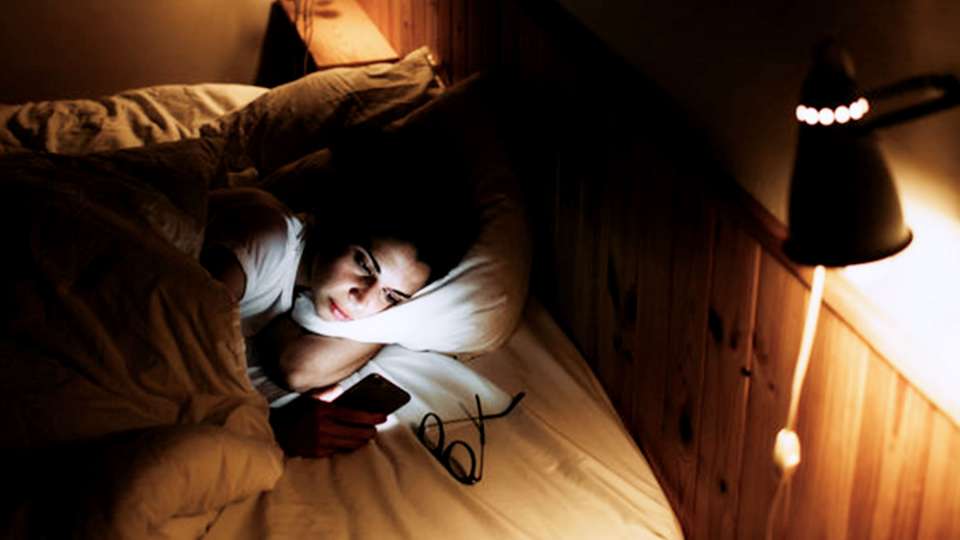
There is a lot of buzz about blue light these days. Blue-light blocking eyewear has probably been pushed on your news feed by Instagram influencers or algorithms. And you might have heard the list of symptoms associated with digital light overexposure — dry eye, irritation and headache — or maybe you’ve experienced it. Either way, blue light is beginning to feel like the bad guy.
What is blue light?
High-energy visible (HEV) light, more commonly known as blue light, is on the light spectrum close to ultraviolet light (UV). Blue light emanates from our devices, LED light fixtures and, most notably, the sun.
During the day, blue light helps suppress melatonin more powerfully than most types of light, keeping you alert and awake.
Blue light and sleep: A complicated (circadian) relationship
“The biggest thing with blue light is that it can mess up your sleep patterns,” says Dr. Ashley McCain, an optometrist at the Karalis Johnson Retina Center at South Lake Union and Eyes on James Optical Shop.
Since blue light signals your brain to stay awake, using blue light-emitting devices at night, like your phone, computer or TV, confuses your body into thinking it shouldn’t go to sleep.
To avoid this, McCain has a few recommendations.
“Stay off the phone about three hours before bed or shift to night mode, but the best thing is just to stay off your devices,” she says.
Night mode, a setting on your smartphone or computer, adjusts the screen from blue light to warmer red hues (which are the least potent suppressors of melatonin). If you can, put down the smartphone, tablet or laptop, and trade it out for a book or device that does not emit blue light. Think printed books or an e-reader that does not emit blue light.
Blue light isn’t the only intrusion on your eye health
Blue light gets a bad rap, but your screen habits are really the cause of your digital eye strain and circadian confusion.
McCain acknowledges that there are some studies that link blue light exposure to macular degeneration, but she notes that those studies are not conclusive.
McCain identifies digital eye strain as the immediate threat to overall eye health. Often diagnosed as computer vision syndrome, digital eye strain is not from computer light. Rather, it occurs from staring at screens for an extended amount of time.
Symptoms include headache, blurred vision and dry eye. According to a survey conducted by the American Optometric Association in 2015, 58% of adults have experienced digital eye strain or vision problems as a direct result of screen use.
“We are staring straight at the computer and we are not thinking to blink,” McCain says.
Try the 20-20-20 rule: Take a 20-second break every 20 minutes and look at something 20 feet away.

 Healthy ideas for your inbox
Healthy ideas for your inbox





